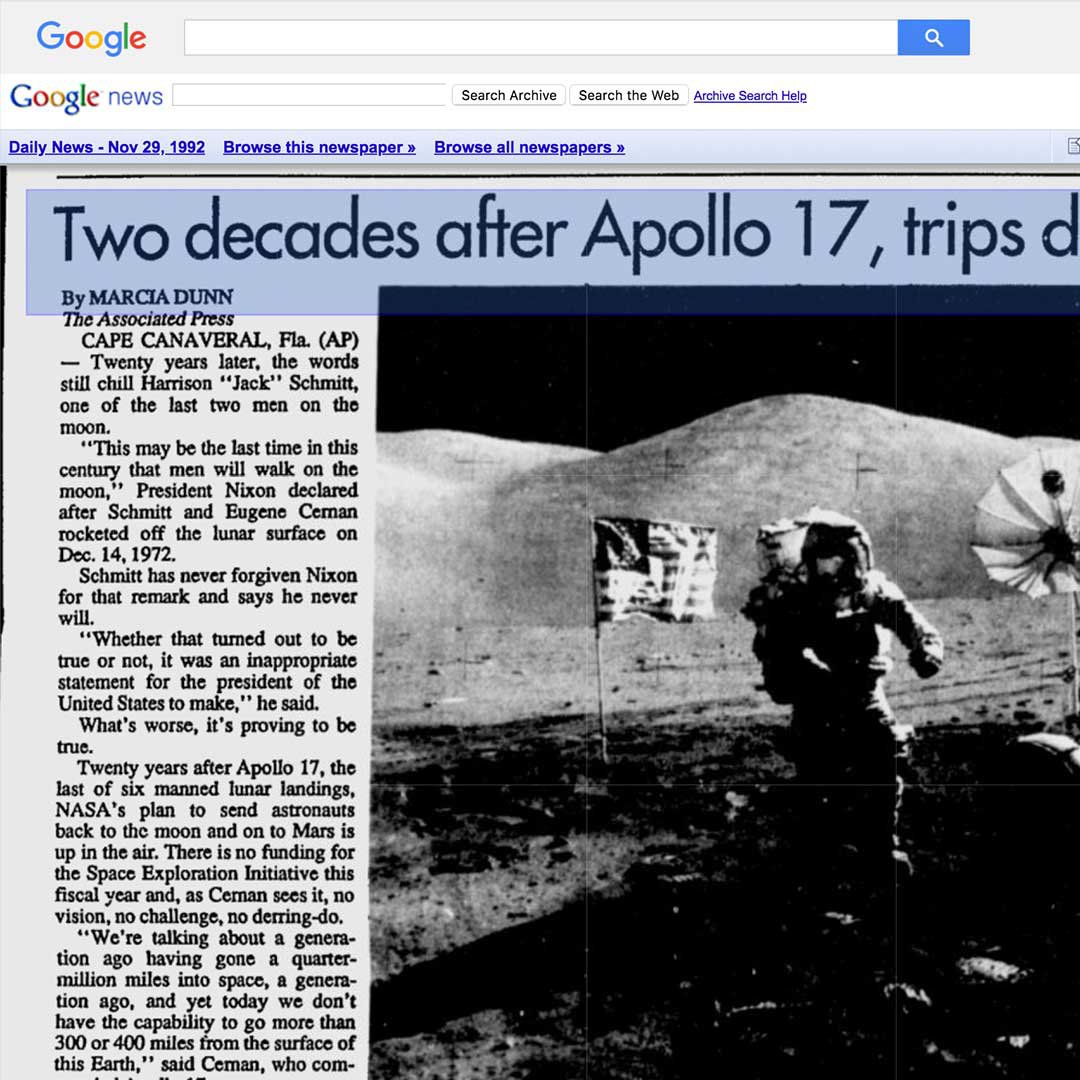An Unbiased View of News Articles
An Unbiased View of News Articles
Blog Article
3 Easy Facts About News Articles Described
Table of ContentsA Biased View of News ArticlesSome Ideas on News Articles You Need To KnowThe 6-Minute Rule for News Articles4 Easy Facts About News Articles ShownHow News Articles can Save You Time, Stress, and Money.
Great expertise of different topics provides trainees a competitive side over their peers. Although digital and social media sites are easily easily accessible, we should not fail to remember how vital it is to check out the newspapers. Parents must try and inculcate the habit of checking out a paper as an everyday routine to proceed the legacy of the revered print tool.News stories likewise consist of at the very least one of the adhering to important attributes loved one to the desired target market: proximity, prestige, timeliness, human interest, peculiarity, or repercussion.
Within these limitations, news stories also intend to be extensive. Among the bigger and extra recognized newspapers, justness and equilibrium is a major aspect in presenting information.
Newspapers with a global audience, for instance, tend to make use of an extra formal style of writing. The details options made by a news electrical outlet's editor or content board are often gathered in a style overview; common design guides consist of the and the US News Design Book. The major goals of information writing can be summed up by the ABCs of journalism: accuracy, brevity, and quality.
Everything about News Articles
Generally, journalists will certainly not make use of a lengthy word when a short one will certainly do. They make use of subject-verb-object building and dazzling, energetic prose (see Grammar). They supply narratives, examples and allegories, and they rarely depend on generalizations or abstract concepts. Information writers attempt to prevent utilizing the exact same word extra than once in a paragraph (in some cases called an "resemble" or "word mirror").
Nevertheless, headings often omit the topic (e.g., "Leaps From Watercraft, Catches in Wheel") or verb (e.g., "Pet cat female fortunate"). A subhead (additionally subhed, sub-headline, subheading, caption, deck or dek) can be either a subservient title under the primary headline, or the heading of a subsection of the article. It is a heading that precedes the main message, or a group of paragraphs of the main text.

Additional signboards of any of these types might show up later in the write-up (particularly on succeeding web pages) to entice additional reading. Such billboards are likewise used as reminders to the short article in various other sections of the publication or website, or as advertisements for the item in other my review here publication or sites. Regular structure with title, lead paragraph (recap in bold), various other paragraphs (details) and call info.
Example of a hard-lead paragraph NASA is recommending an additional space task. The spending plan requests around $10 billion for the job.
The NASA news came as the agency asked for $10 billion of appropriations for the job. An "off-lead" is the second essential front page information of the day. The off-lead shows up either in the top left corner, or directly listed below the lead on the. To "bury the lead" is to start the write-up with history details or information of second significance to the visitors, compeling them to learn more deeply into a write-up than they need to have to in order to uncover the crucial points.
Facts About News Articles Uncovered
Common use is that one or 2 sentences each develop their very own paragraph. Reporters typically define the organization or structure of a news story as an upside down pyramid. The necessary and most intriguing aspects of a tale are placed at the start, with supporting information following in order of lessening relevance.
It allows people to explore a subject to only the depth that their interest takes them, and without the imposition of details or subtleties that they could think about pointless, however still making that info offered to extra interested readers. The upside down pyramid framework additionally allows articles to be cut to any kind of approximate size throughout layout, to fit in the space readily available.
Some authors start their stories with the "1-2-3 lead", yet there are many kinds of lead offered. A twist can refer to multiple points: The last tale in the news program; a "satisfied" tale to end the program.
Longer articles, such as publication cover articles and the pieces check out here that lead the inside areas of a newspaper, are understood as. Feature tales vary from straight news in numerous methods.
The 9-Minute Rule for News Articles
The reporter commonly information interactions with interview topics, making the piece more personal. An attribute's first paragraphs typically connect a fascinating moment or event, as in an "anecdotal lead". From the details of a person or episode, its sight quickly broadens to abstract principles concerning the tale's topic. The area that indicates what a function is around is called the or billboard.

The Editor's Tool kit: A Referral Overview for Beginners and Professionals (2001) Allan M. Siegal and William G. Connolly. The New York Times Handbook of Design and Usage: The Official Design Guide Used by the Writers and Editors of the Globe's Most Authoritative Paper (2002) M. L. Stein, Susan Paterno, and R.
Report this page